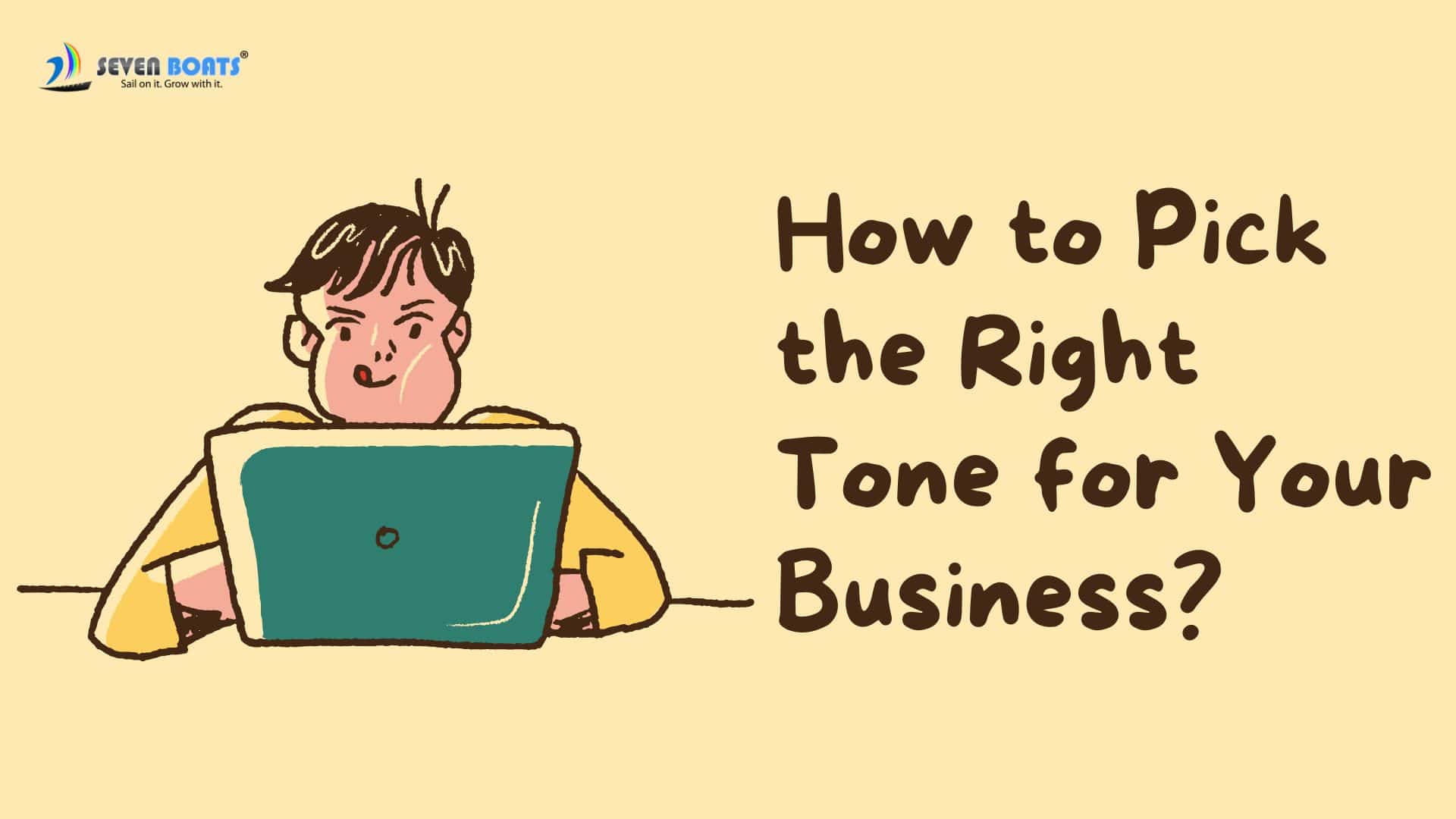Your brand’s tone of voice is like your business’s personality. It’s expressed through your content, messaging, visuals, and interactions with customers. Just as people have friendly, professional, casual, or formal personalities, your brand tone can take on different flavours as well.
Picking the right tone is crucial for appealing to your target audience and standing out. Get it wrong, and you’ll turn off potential customers or fail to connect with them emotionally. But when you strike the right chord, your content will draw people in and form lasting relationships.
In this article, we’ll explore how to determine the best tone of voice for your brand. We’ll cover:
- Understanding your target audience
- Researching competitor brands
- Brainstorming descriptive words
- Testing out different tones
- Consistency across channels/content
Understanding Who You Want to Reach
Before deciding on a tone of voice, you need to intimately understand your ideal customer. What resonates with a teenage gamer will drastically differ from what appeals to a CFO, for example.
Get very specific by building out buyer personas. Determine details like:
- Demographic information (age, location, gender, income level, etc)
- Values and priorities
- Goals when interacting with your business
- Objections they might have
- How they consume content
Knowing your target audience inside and out will guide your tonal choices by revealing what problems you can solve and how to sway their decisions.
Researching Your Competitors
While it’s wise not to copy your competitor’s tone outright, you should still analyze how other industry players communicate. What tones do you notice them using frequently? What seems to be most effective at engaging their audience?
Does their messaging align with the target audience you want to obtain? Or do you see room in the market to attract a different demographic through your distinctive tone?
It’s particularly helpful to follow competitors on social channels when doing this research. Social content is often more expressive, giving you a good feel for a brand’s personality.
Brainstorming Descriptive Words
Before you start cranking out content and visual assets, begin by simply brainstorming a list of adjectives that describe your desired tone. Don’t censor yourself too much here — just free associate.
Some tonal words you may consider:
● Friendly
● Hip
● Down-to-earth
● Luxurious
● Bold
● Quirky
● Inspirational
● Authoritative
● Funny
● Simple
● Sophisticated
● Leaderly
Once you have a starting list, narrow it down by determining which words best match:
- Your product benefits/features
- Your mission and values
- The audience you want to reach
- Your personality as a founder
The goal is to settle on 1-4 tone words that encapsulate your brand voice. This becomes your north star when crafting content or designing assets — if something sounds or looks too divergent from those descriptive words, it’s likely off-tone.
Testing Different Tones
Before cementing what your tone will be, test a few options with real users first. Draft some sample content that conveys different tones and run surveys to determine which best fits your brand and resonates most. You can also show initial visual concepts to gauge reactions.
For example, if you were unsure between an irreverent, funny tone and a more elegant, luxurious tone, you may create two homepage designs reflecting each direction. Or write a couple of blog posts taking on different flavours. See which conceptual direction and tonal voice users gravitate towards and evokes the responses you want.
Consistency Across Channels
As you begin rolling out content and building up your library of assets, be vigilant about maintaining tone consistency everywhere your brand has a presence.
That means aligning your:
● Website copy
● Blog articles
● Email newsletters
● Social media captions
● Print/outdoor ads
● Product packaging
● Online video scripts
● Presentation decks
● Sales collateral
Of course, you can dial certain tones up or down depending on the channel. Social content may take on a more casual voice than a whitepaper, for example. But extremes (like flip-flopping between corporate and playful randomly) will confuse your audience. Find balance by keeping a steady undercurrent of your 1-4 tone words across the board.
Refining Over Time
Your brand tone doesn’t have to remain static forever. As you grow your customer base and evolve your products, you may find your messaging needs to mature as well.
Stay on top of how the audience needs to shift and watch for signs that your tone may need to be refreshed. Surveys and user interviews can provide insight into how your voice lands at any given moment. Some signs it’s time for a tone tweaking include drops in traffic, decreased social engagement, or more customer queries around what you do.
Wrapping Up
Finding the right tone of voice for your brand is all about knowing your audience and matching their preferences. Research competitors for inspiration, brainstorm tone descriptive words, test out different angles, and keep assessing resonance with your customers over time. Get your tone right, and you’ll craft content that forges lasting connections.








Thanks for Sharing this blog .
It is truly a wonderful article.. I think that some details may differ from one country to another